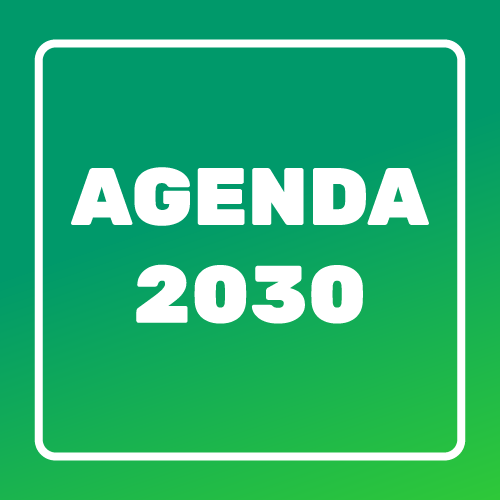From Boss to Leader

You, young reader, may not know, but there was a time when the leaders were obeyed more by the hierarchy than by respect. This was when newsrooms had smoker’s areas inside buildings, and the bosses were harder than is allowed today. I saw scenes of editors and news desk chiefs shouting at reporters, which is unthinkable today. Such behaviors could result in immediate dismissal and labor processes today.
The world has changed, and this leader profile has stayed in the past, opening up a place for team leaders to think together and allow the professional growth of the team. Indeed, the results of more successful jobs are given by the union of various thinking heads and not just one.
The radical shift from vertical to horizontal governance model today demands leadership behavior that goes beyond the company’s gates and reflects directly in the business. Consumers and the population generally expect CEOs to position themselves on issues that significantly impact society’s life, even if they do not directly reflect on the company’s business. CEOs are also expected to have an active voice and support – not just in speech but in practice – for environmental and political issues. These are some results of FleishmanHillard’s global research in last year’s Authenticity Gap proprietary study. To shut up is no longer acceptable to someone who runs a company and its managers. The social role is intrinsic to the position of a manager.
The brand’s reputation and image are increasingly linked to the behavior of the CEO and the leadership. Good financial results are insufficient to build and maintain reputations and do not overlap with good practice. The opposite can be true. Inappropriate practices can end up with short-term reputations and, as a result, directly impact business results.
If there was a time when social media were only environments of friendship and entertainment, today, they are workspaces. LinkedIn has ceased to be a network of professionals only, a tool almost exclusive to HR. LinkedIn profiles have become business instruments and one of the environments for leaders to express their most diverse thoughts and businesses. Professionals who have not yet realized the power of the network lose each day the opportunity to occupy this expanding territory.
When an executive tells me they do not feel free to post on social media, I say it is the same as refusing to participate in a work event: you are no longer present where your competitor already has a presence.
Talking in thought leadership is speaking in legitimate, authentic, and relevant content. Ignoring any of these points means a governance gap and, consequently, a gap in Communication. Leaders who understand this new corporate governance path bear fruit and conquer followers, like every good leader.
Fernandes has 15 years of experience in newsrooms of printed outlets, and other 15 years in Corporate Communication. Her experience in communication agencies involves serving clients in private and public industries, both in PR and in Digital and Business Intelligence. She has led large teams and has extensive experience in crisis management. Fernandes has a degree in Social Communication from PUC-SP.
Destaques
- Theme of the Year “Communication for Transition” Renewed for 2025
- Web Summit Lisbon 2024: Innovation and Ethics in a Future Shaped by AI
- Global Alliance Launches Recognition Program for Young Communicators
- Alejandro Cornejo Montibeller Joins the Latin American Regional Council of the Global Alliance
- LiderCom Meeting Discusses International Expectations for COP30
ARTIGOS E COLUNAS
Carlos Parente As sutilezas no ofício da comunicação, para não ofuscar o Rei SolPaulo Nassar Anna ChalaPatricia Marins Meta e o fim da checagem de fatos: por que a Dieta da Comunicação é essencial para a gestão da reputação em 2025Thais Andreoli Gestão de crises: transparência ou discrição?
































